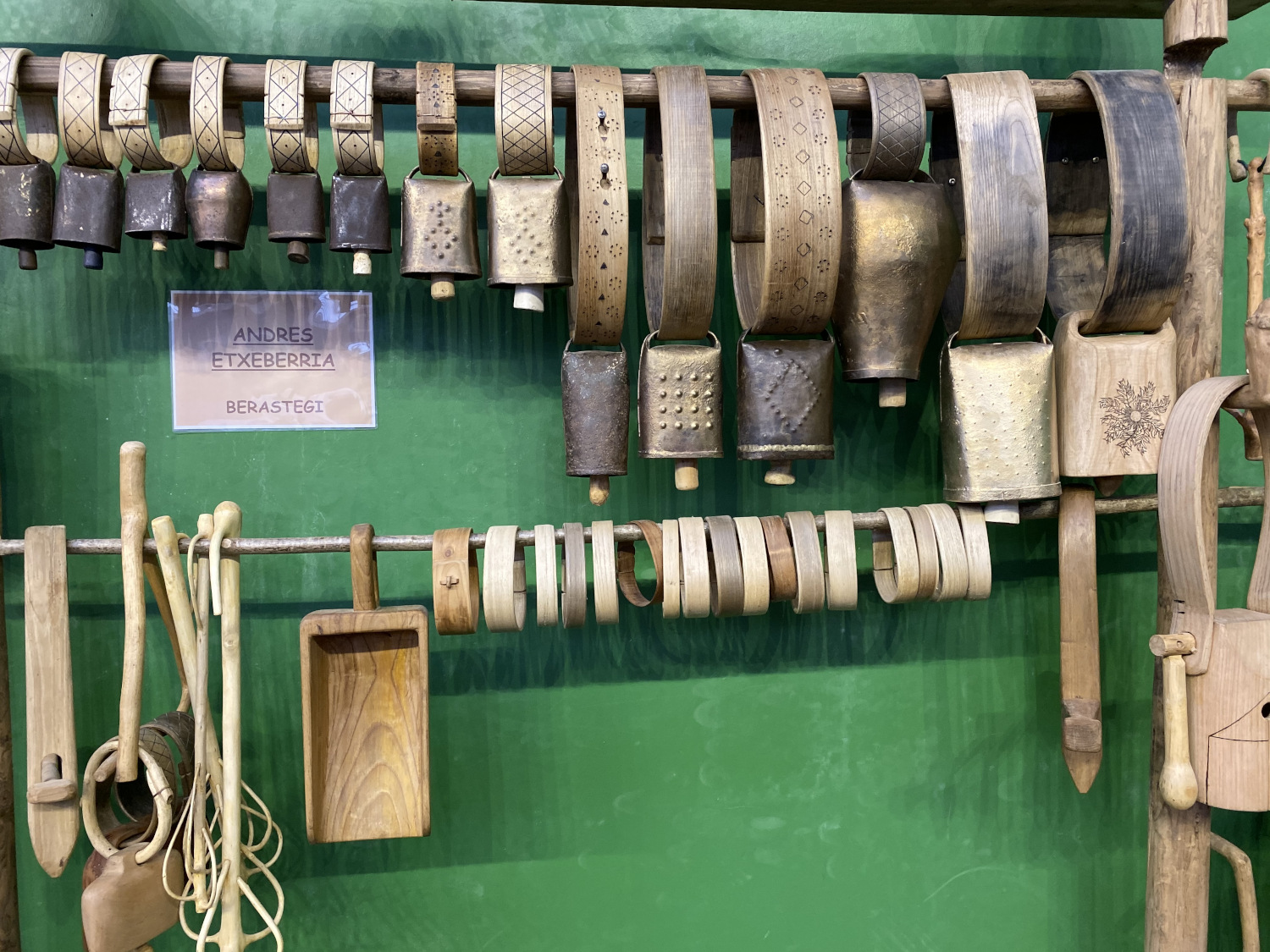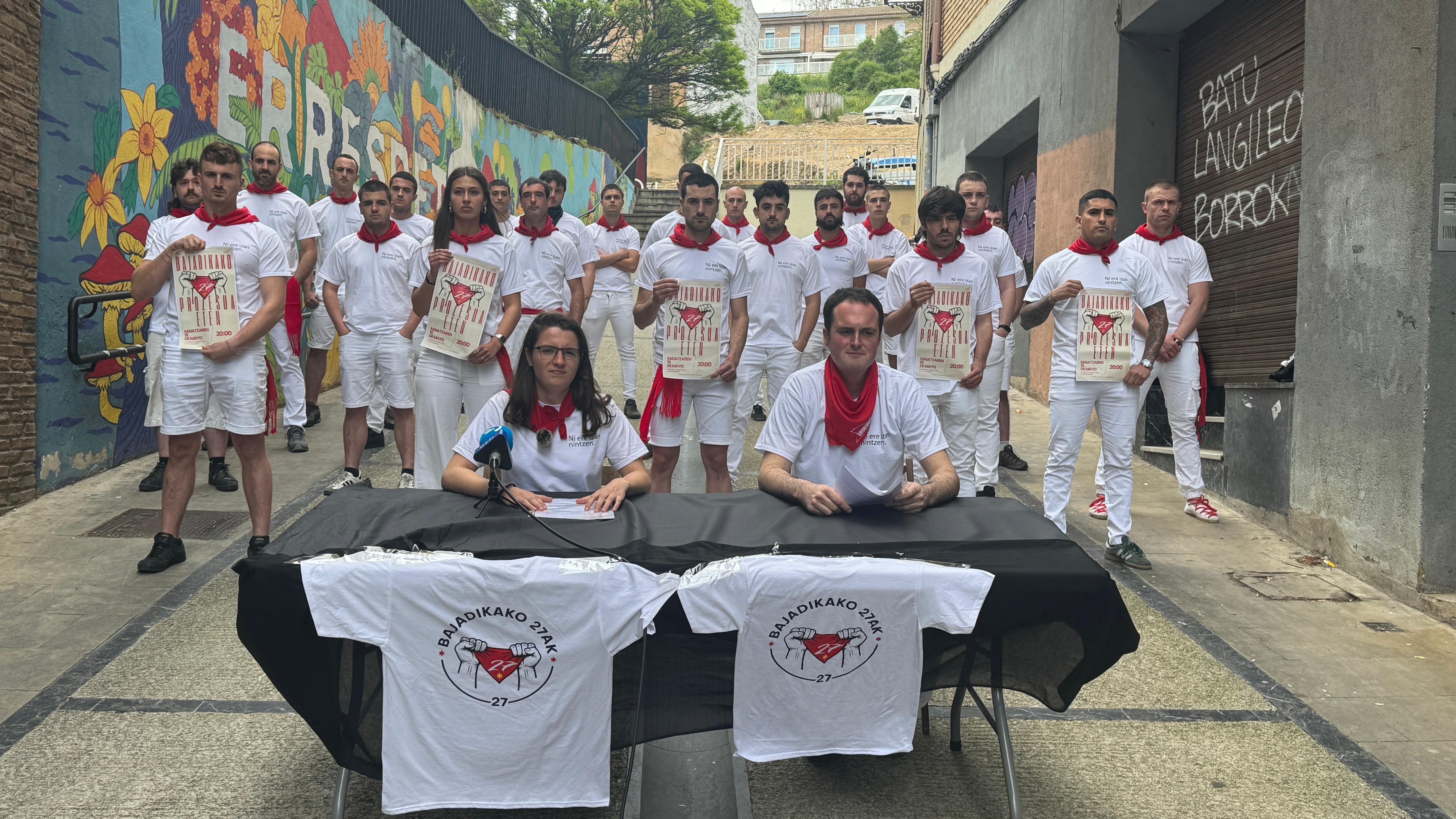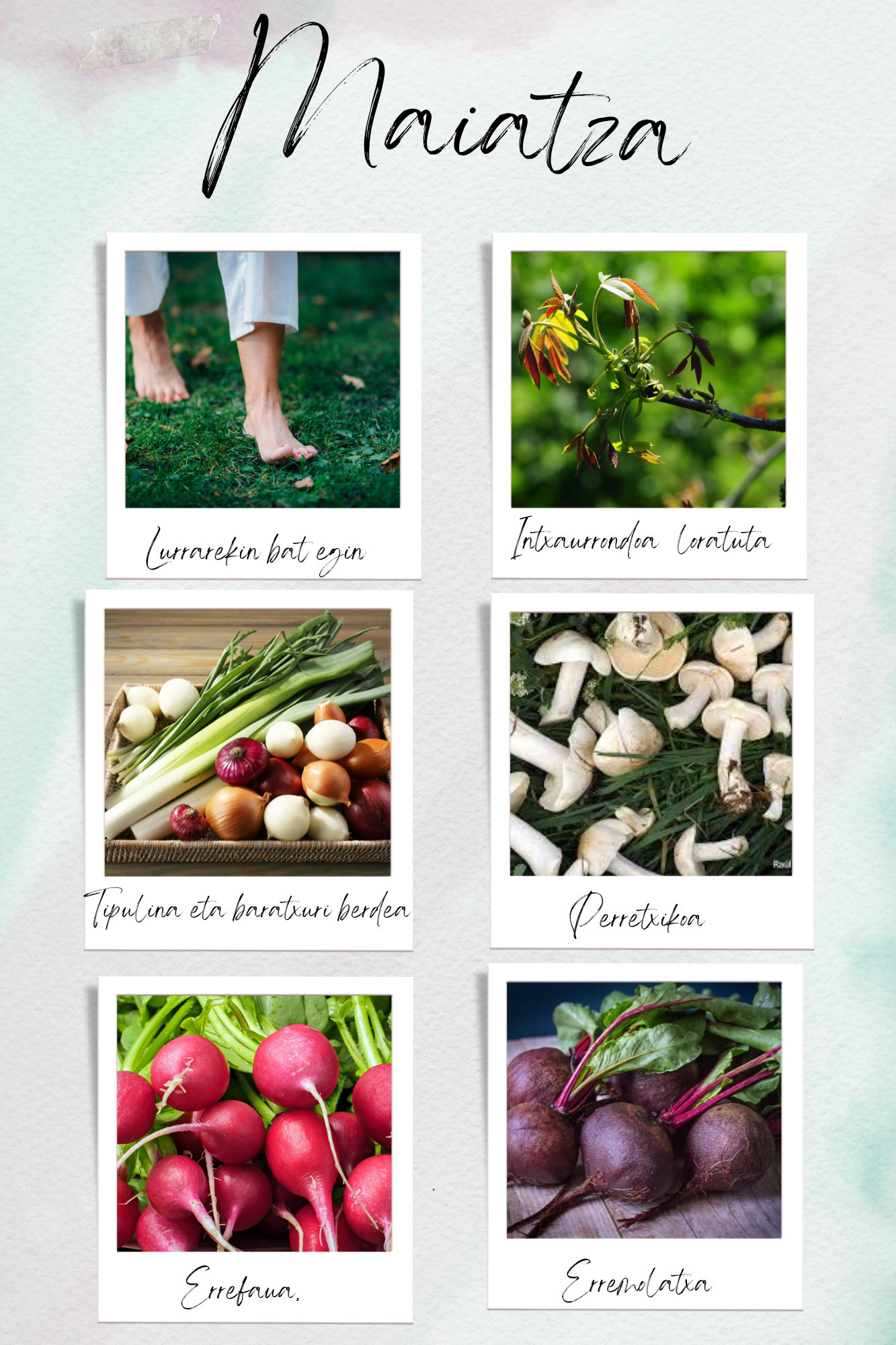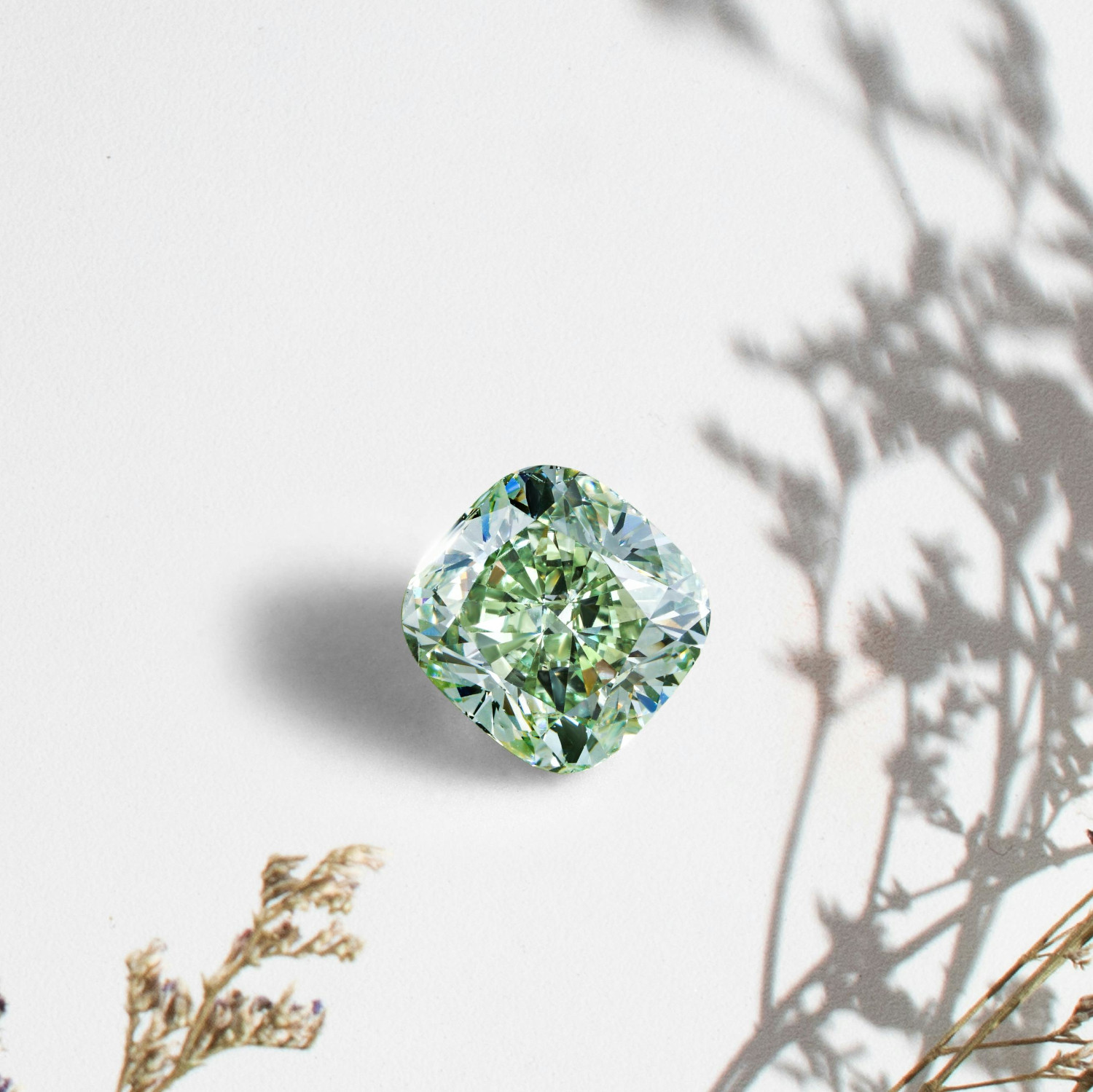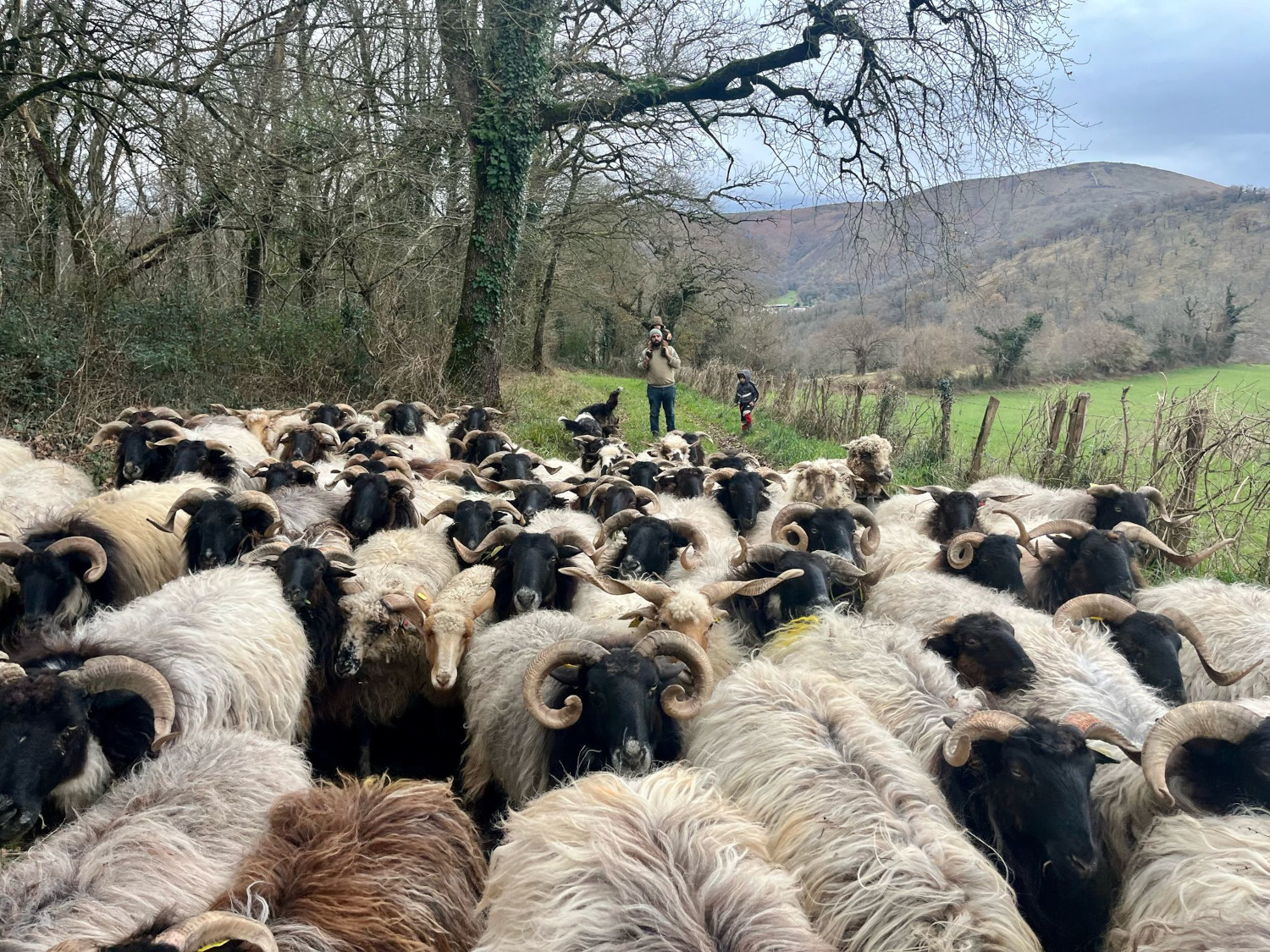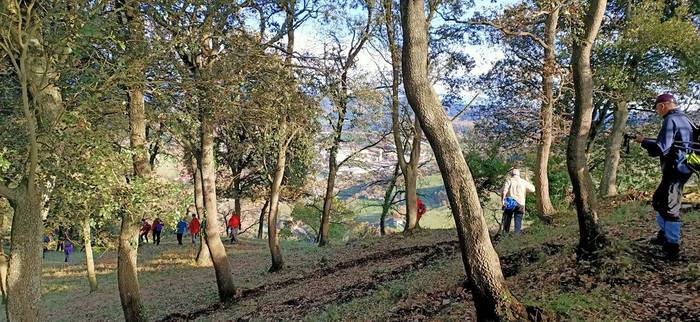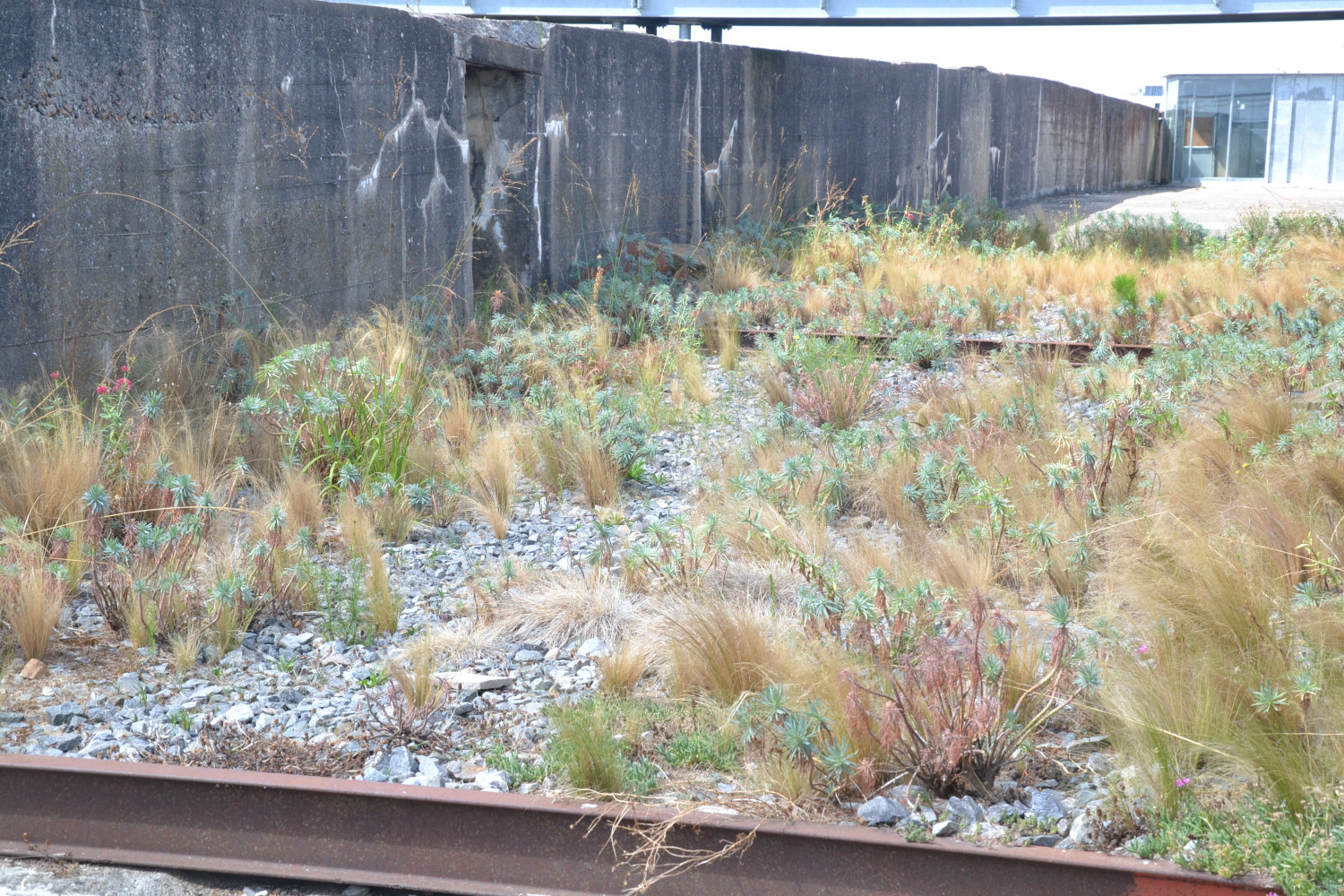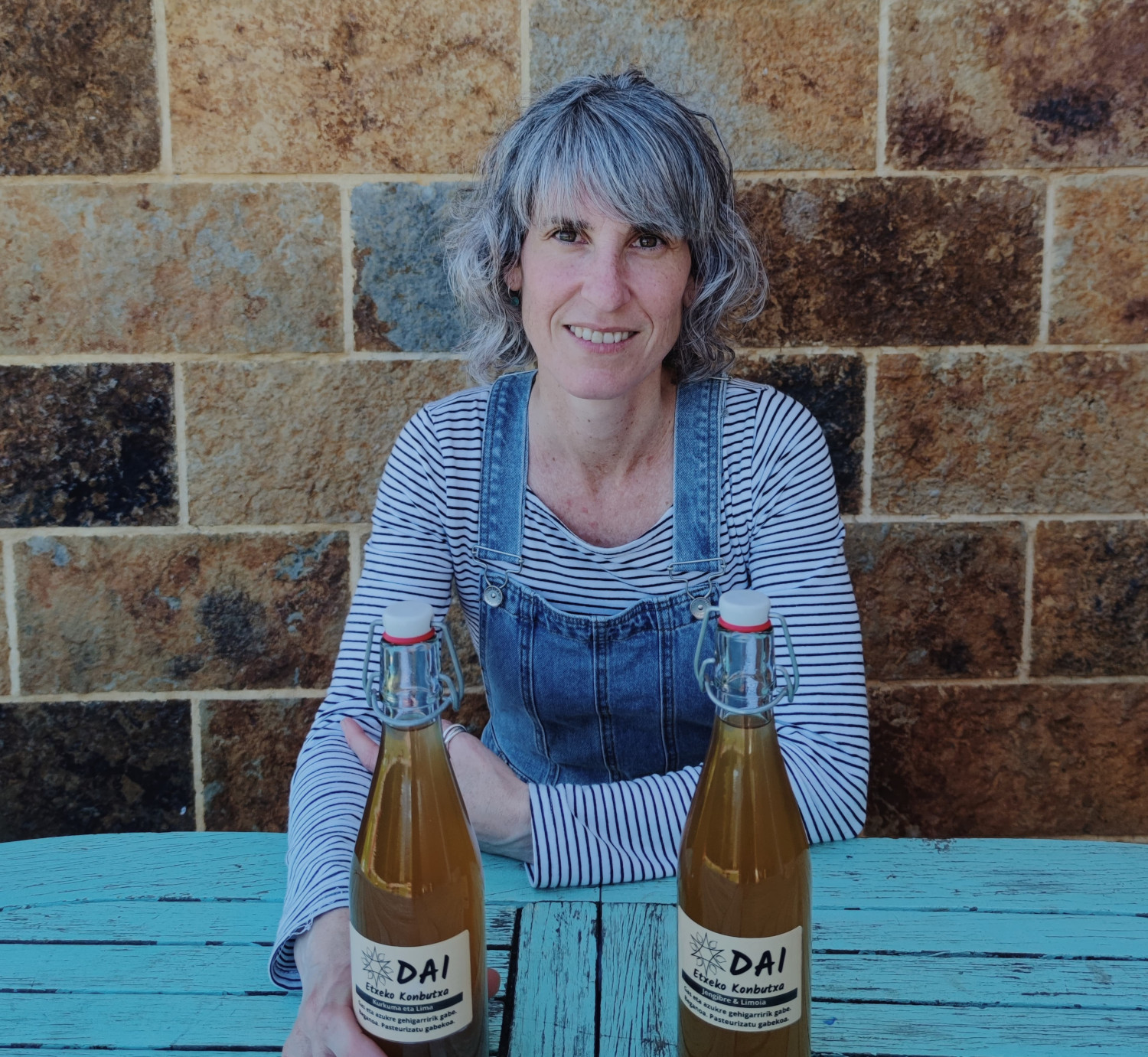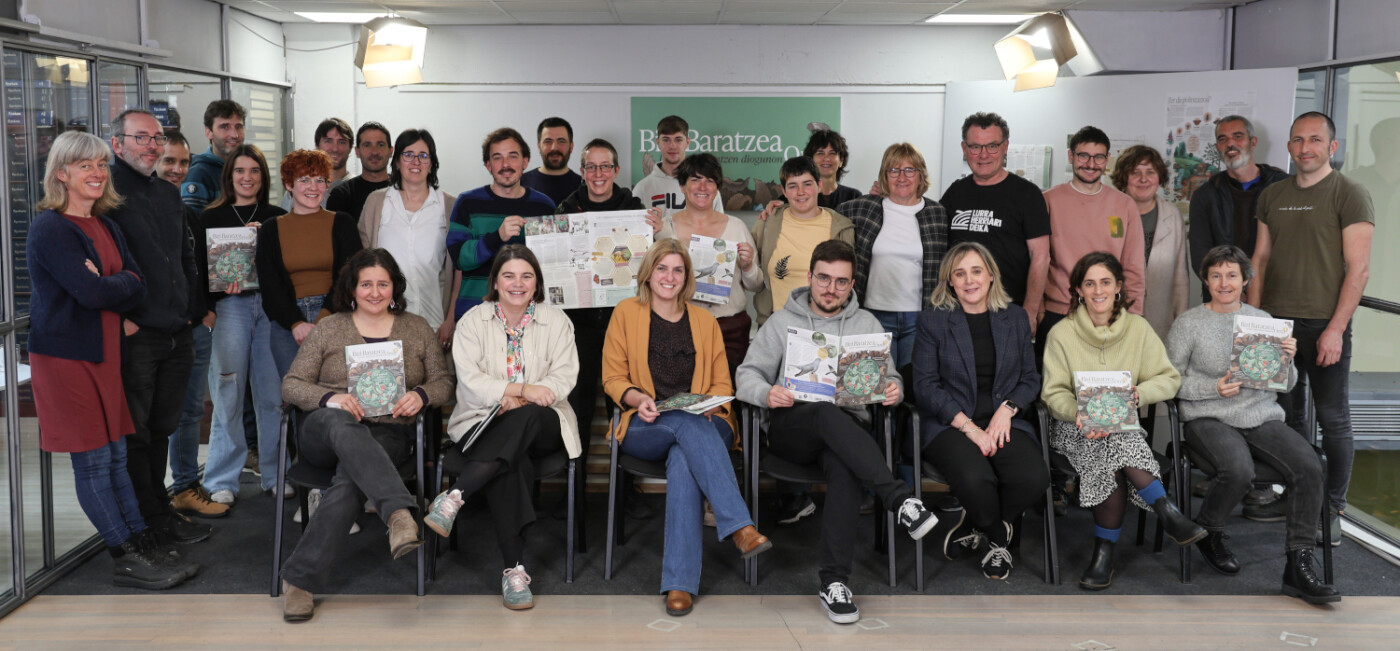The Lady of the Tomato and the Rush
- What a job it gives us! The tomato we love (Solanum lycopersicum). That is from Artajona, or Fea de Tudela, or Aretxabaleta, or Erandio, picolero, cherry, pear tomato, Igeldo, mendigorría, transgenic, Eusko Label, heart of ox, block, oak… we have more and more varieties in our vegetable gardens. And those who come!

In our childhood, raw tomatoes were almost not eaten. Until then the tomato was used, which was eaten in salsa. The tomato to make was planted in the fields, usually pear, as the pumpkins are put on the edges of the fields, to spread out on the ground in the drag. Then came the salads classes, and you had to learn to eat. Spanish immigrants cut it from the center, cast it a drop of salt and ate it to molds. We learned to eat mannequins with sugar. Then came the oil vinegar sauce.
And today we go crazy with the tomato. Ms. Tomato we have mocked the queen of our orchards. And grief has spread. Who brings the first tomato to the plaza. Who shows the biggest one, above the kilo. And the funniest, who does the funniest trick. You see it all. Some still put a copper thread on the foot of the trunk to prevent the tomato plant from turning red. In the few orchards it is observed that the plants are completely stripped of leaves and with the grains hanging; it is not known that the leaves are essential to create food. A special section is worth those little patiently squeezing tomatoes with the first mild wind of April…
If you're in a hurry with the tomato, follow these tips: choose the warmest and driest place, the best wall calendar. Be careful to plant too fast and knead: it can grow thin and long and create less eyes for flowers. Select the variety that blooms early, such as cherry tomatoes. If you intend to plant in the greenhouse, in March or out, when there is no ice, sow in a temperate interior eight weeks earlier; enter and leave a few days to get used to the outside. Raised earth level planks are the best to plant, heat and dry more; manure or luxury, earthworms and silica sand blend into the earth. Make the slabs with chips, wool, paper or crushed cardboard... so the earth will be warmer. Sharp pruning, as the sprouts of the leaf's feet appear, remove the tickets. Refine the fertilizer; use ground tea, fish waters, algae and the like when the plant is young to give a soft but rich fertilizer. Careful with nitrogen, it provides many leaves and few specimens, while phosphorus provides more flowers and fruits.
And if you have to live in the Atlantic Basque Country, remember that tomatoes love txapela. Place a clear plastic lid, open on the sides but eliminate heavy rains and all rockets.








